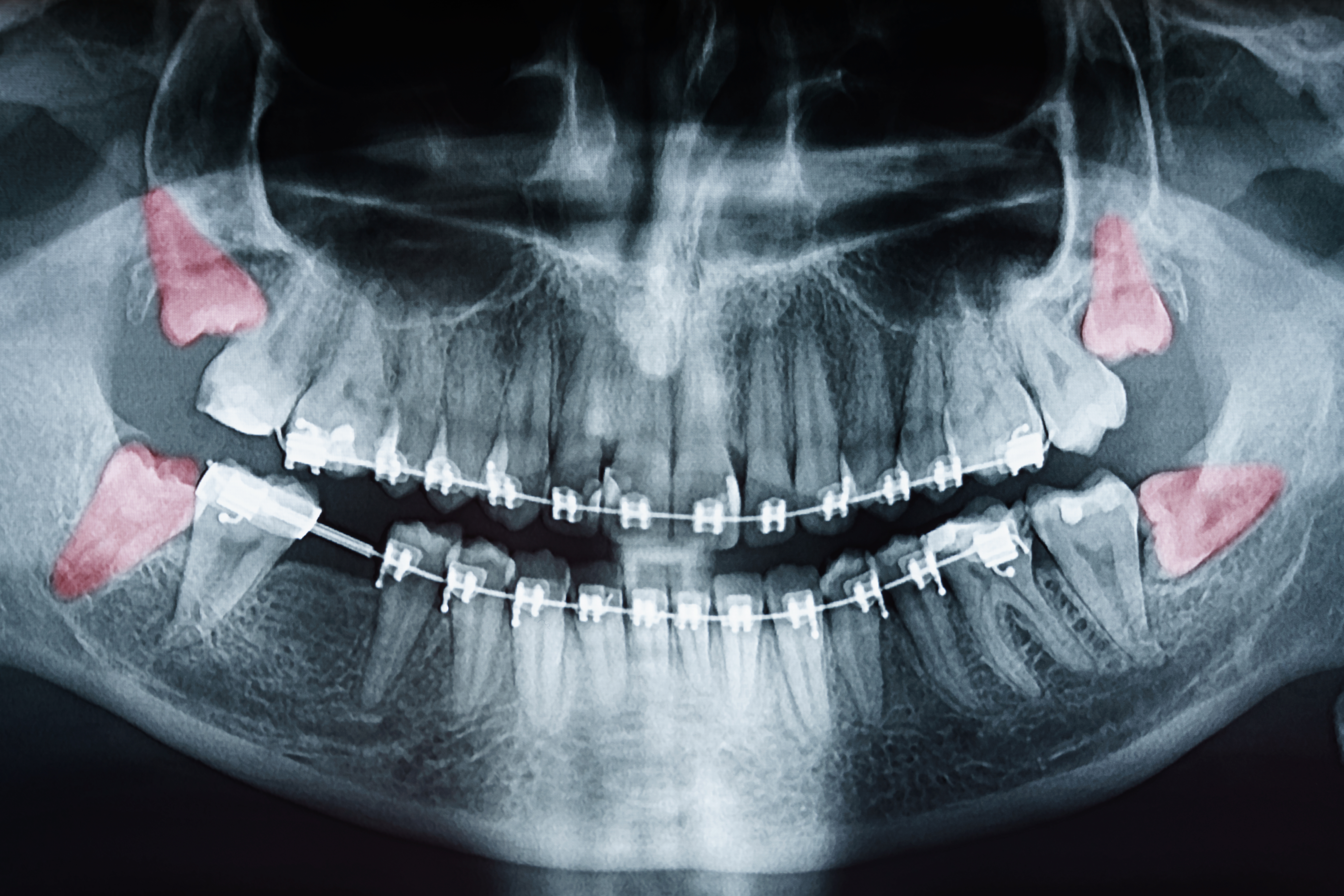Did you know that nearly 35% of residents in Toronto, Canada, don’t have dental insurance? Dental care may seem like a far-fetched option for many Canadians, but what happens when you have a dental emergency or a nagging tooth that doesn’t go away?
In those cases, you need an affordable and qualified dental clinic that helps you finally get that tooth extracted. If a tooth extraction seems like a scary process, we have you covered in our complete guide.
Keep reading and learn more about how a tooth extraction works and what to expect afterward!
Do You Need a Tooth Extracted?
As the name sounds, tooth extraction involves having a tooth pulled. It is slightly different than restorative dental care, which typically involves placing a crown or using dental fillings.
Having a tooth pulled is the last measure, as most dentists aim to preserve natural and healthy teeth. When would you need a tooth extraction?
- Severe tooth decay
- Fractured tooth
- Impacted teeth
- Overcrowding
- Gum disease
The most common example of tooth extraction is wisdom teeth. Many individuals have one or more wisdom teeth removed during their teenage or young adulthood years.
Wisdom teeth can cause overcrowding, bite misalignment, and damage to neighboring teeth. An impacted wisdom tooth simply means it is growing at an odd angle.
If left to its own devices, it can damage other teeth and potentially lead to infections and bacterial build-up.
Emergency Extraction
An emergency tooth extraction is any situation where your tooth becomes badly chipped, cracked, or knocked out. A tooth abscess may also cause a tooth extraction since it can quickly spread to your gum and jaw, causing more severe issues.
Dental emergencies can happen while playing sports, working, or simple accidents at home. How can you deal with a dental emergency?
- Call your dental office
- Visit an emergency room
If you have been in a severe accident, you should visit an emergency department first. For isolated dental events, call your dental office, even outside of working hours.
Typically, they will leave a number or advice on what to do during an emergency.
Tooth Extraction Process
The tooth extraction process starts with receiving a local anesthetic. This helps numb the region, so you don’t feel anything during the procedure.
In rarer cases, stronger anesthetics may be used. Your dentist will pull your tooth after enlarging the socket.
The socket is what helps hold the tooth and ligament. If the tooth isn’t impacted, it is a fairly easy process with only a few tools needed.
When teeth are impacted, your dentist may have to use general anesthesia and cut into the tissue. Afterward, the bone and pieces of the tooth are removed. In the case of wisdom teeth, your dentist will stitch you up, and you will recover shortly afterward.
For most adults needing a tooth extraction, the next step is likely a dental implant (more on that below).
Tooth Extraction Side Effects and Risks
Like any surgery, a tooth extraction comes with some risks. Most can be mitigated by going through a qualified dentist with vast experience. Here are some general side effects you may experience after surgery:
- Pain
- Inflammation
- Bleeding
More serious side effects could include infection, impaired healing, dry socket, and nerve damage. When a tooth is pulled, and nothing is put in its place, you also increase your risk for further bite misalignment and shifting teeth.
What to Expect After a Tooth Extraction
Immediately after a tooth extraction, you will want to avoid rinsing your mouth excessively or spitting. Clots are important for the healing process and to prevent dry sockets. Extraction aftercare instructions might include:
- Eating soft foods
- Taking pain medication as prescribed
- Using ice packs
- Using gauze
Remember, it is normal to have a few adverse side effects for a day or two after the procedure. Many dentists recommend a dental implant after you have healed from an extraction to reduce misalignment and improve your bite and aesthetics.
Dental implants look and feel like normal teeth and can restore smiles while helping you chew and speak easier. There are several benefits when you decide on a dental implant, such as:
- Single or multiple tooth replacements
- Full mouth reconstruction
- Stable structural support
Dental implants have titanium posts that secure onto your bone. After sufficient healing time, you can add a porcelain crown finish that mimics the appearance of your other teeth.
Other Restorative Dental Options
While dental implants are the go-to method for missing teeth, there are other options out there, such as:
- All-on-4™
- Porcelain dental bridges
- Dentures
All-on-4™, or Teeth in a Day, is a technique that replaces multiple teeth. It is ideal for patients who would qualify for dentures but don’t like the way they fit.
Dental bridges use a crown and neighboring teeth to support missing teeth and are more commonly used for one missing tooth.
Lastly, dentures are another common method for restoring multiple missing teeth. They require more maintenance than dental implants and may not suit everyone.
Find a Dentist Near You
If you need a tooth extracted, you will want to visit a local, reliable, and qualified dental clinic. Finding a skilled dentist nearest you can help you avoid short- and long-term complications and make the recovery process even easier!
At Smile by Design, we specialize in tooth extractions, dental restoration, and cosmetic procedures. You will be able to finally get that tooth pulled and be well on your way to a beautiful new smile.
Ready to get started? Contact us today to get an appointment or consultation scheduled!




